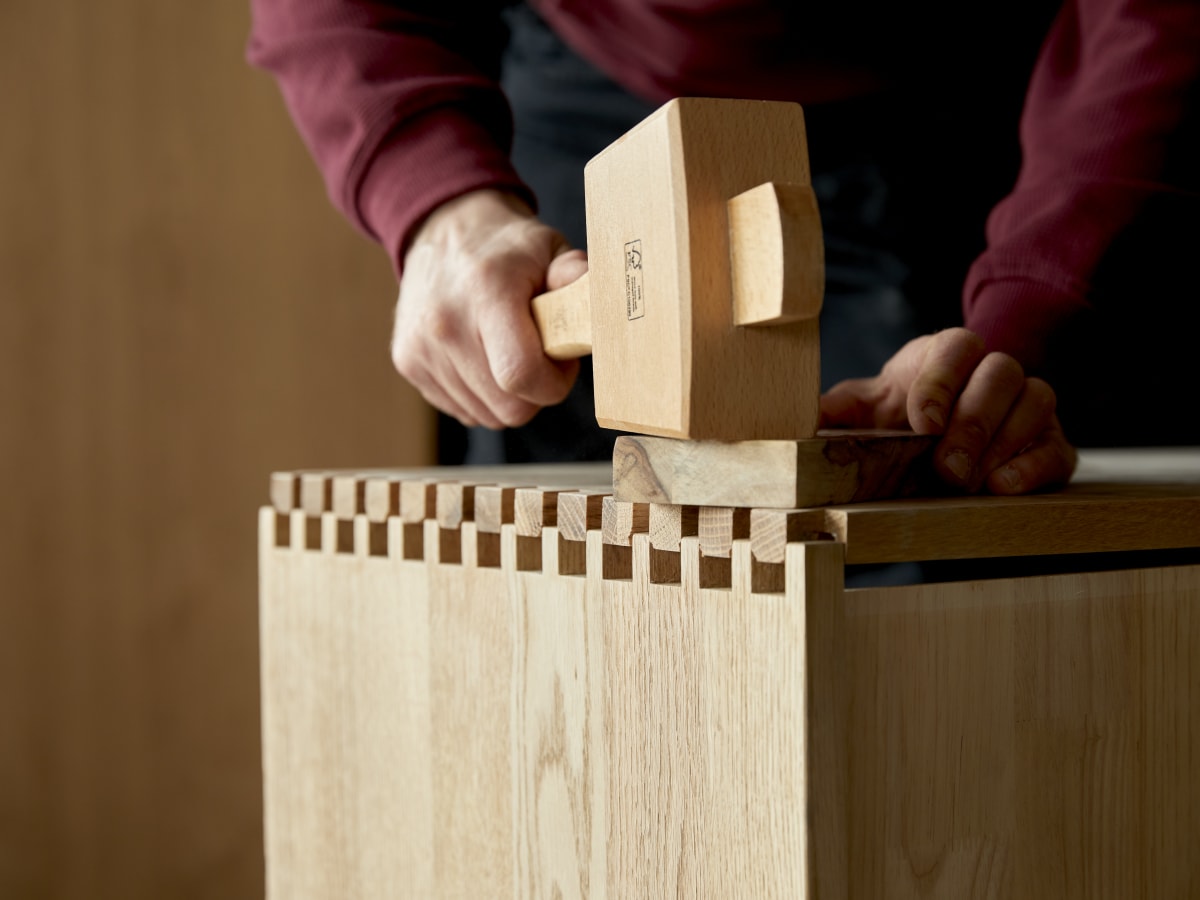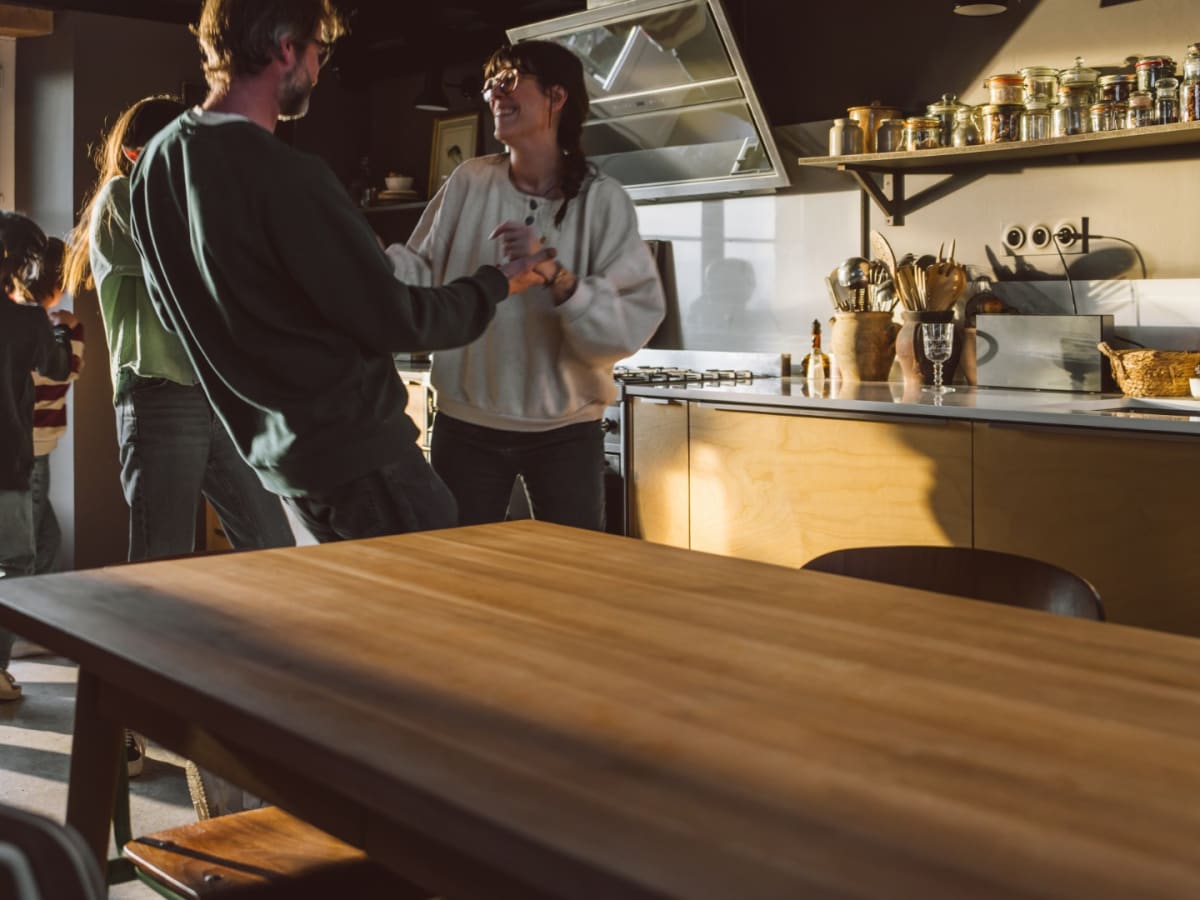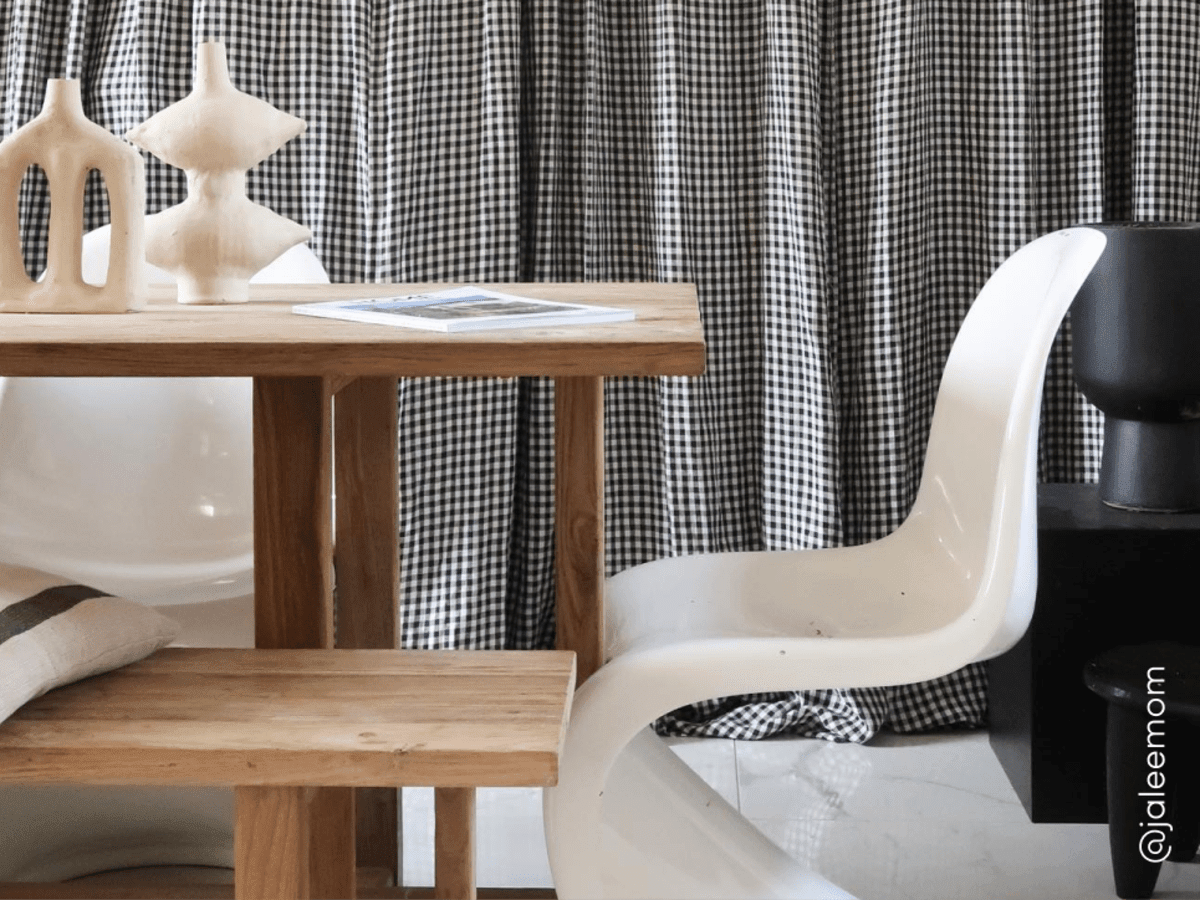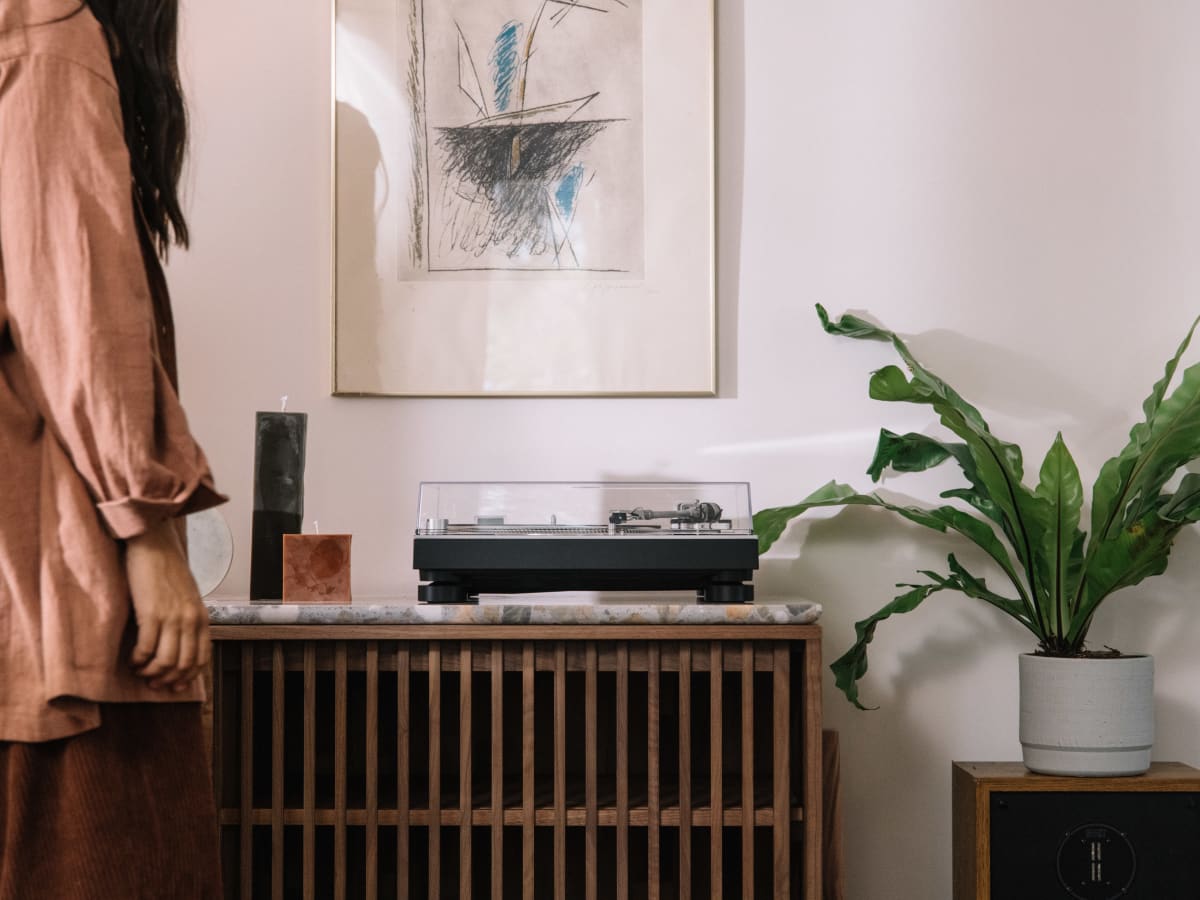FAQs Sustainable Development
We have tried to anticipate your questions by replying here to some of those most frequently asked. We invite you to ask any questions you may have by writing to the dedicated email address:
sustainable@tikamoon.com
What is the carbon footprint of products depending on their source?
To determine the precise environmental impact of our products, we carry out life-cycle analyses. This enables us to identify the stages with the greatest impact and to concentrate our efforts there. For our furniture, the main stages will be the production of timber and its transformation, as well as transportation. We have found that shipping emits much less greenhouse gas per tonne-kilometre, which means, for example, that shipping from Indonesia is equivalent to road haulage from Ukraine.
What is Tikamoon's eco-design policy?
We have implemented an eco-design process that targets both new products in development and existing products. We have carried out a complete review of our products, which has enabled us to produce them using fewer basic materials, reuse wood off-cuts and standardise hardware, all while preserving the same high quality. The implementation of life-cycle analyses completes and corroborates this systems approach.
What efforts are you making with regard to your product packaging?
Packaging is crucial to ensure that our products reach you in an undamaged state. We have launched a global initiative to re-invent our packaging in order to increase the protection it provides while reducing its environmental impact. Our guiding principle is to use just the right quantity of material and to eliminate plastic. We seek out recycled and durable materials.
What efforts are you making with regard to the transportation of products to Tikamoon?
We are developing initiatives to reduce the environmental impact of the products arriving at our warehouses. We are committed to the FRET21 initiative, with goals to reduce carbon emissions from transportation. Inbound transportation is by sea, because it has the lowest emissions per product. Wherever possible, we rely on barge transportation between the port of arrival and our warehouse in Lille. We support the river industry: See the forum.
What efforts are you making with regard to delivery?
Transporting the furniture to your home can add significantly to the overall environmental impact. We are committed to the FRET21 initiative and have established targets to reduce the carbon footprint of our transportation. We have developed optimised transport from our warehouses, enabling us to limit the number of lorries on the roads by transporting 2.4 times more furniture per lorry. All the lorries we use to transport your furniture are Euro 6 standard, reducing carbon and emissions and consumption. We are working with our hauliers to implement new initiatives to reduce the carbon footprint of each delivery.
What environmentally friendly initiatives are Tikamoon making?
Tikamoon is committed to working towards increased sustainability in all areas. In order to improve our sustainable development initiative, we have carried out a carbon assessment, measuring our greenhouse gas emissions in scopes 1, 2 and 3. Via our global TikaGreen initiative, we are committed, with transparency, to improving our products (eco-design), packaging and transport, and to communicating our reflections and efforts with you.
We are Chain of Custody FSC® certified, using wood from carefully reviewed forestry practices, in order to protect the diversity of fauna and flora and assure forest conservation over the long term.Our commitment to WWF is evidence of our desire to have a positive environmental and social impact.
What is behind the problem of deforestation?
Deforestation is a vital and complex issue, especially in relation to demand from Europe. According to a WWF report published in 2021, it is mostly associated with the production of foods such as soy, palm oil and beef. In total, 75% of products linked to deforestation imported into Europe are food products and only 8% are related to timber products. That percentage is still too high and Tikamoon is committed to combating deforestation.
What actions are you taking to combat deforestation?
We are convinced of the need to increase global forest cover in order to slow down climate change, protect biodiversity and support local communities. As a member of FSC® France, we are committed to implementing an internal policy of sustainable purchasing and global forest conservation. A European Union Timber Regulation procedure, reviewed each year, ensures the origin of the timber used in our products.
How large is the carbon footprint of e-commerce?
Various studies show that e-commerce has a lower impact on climate change than physical commerce. E-commerce actually has half the carbon footprint of brick and mortar commerce. This is largely due to the lack of stores owned by e-commerce companies. Physical stores account for the majority of the footprint of businesses, along with the journeys required to get to and from them. Source
How much furniture is thrown away each year?
In France, 1.7 million tonnes of furniture is thrown away every year. To reduce the impact of this furniture, Eco-mobilier is the eco-organisation that organises the recycling process. Nevertheless, although recycling furniture is a very good thing, it is impossible to do it endlessly (only 2 or 3 cycles are possible) and with an inevitable environmental impact. The longevity of furniture is therefore crucial so that it can live, change hands and be transformed for decades. Source













